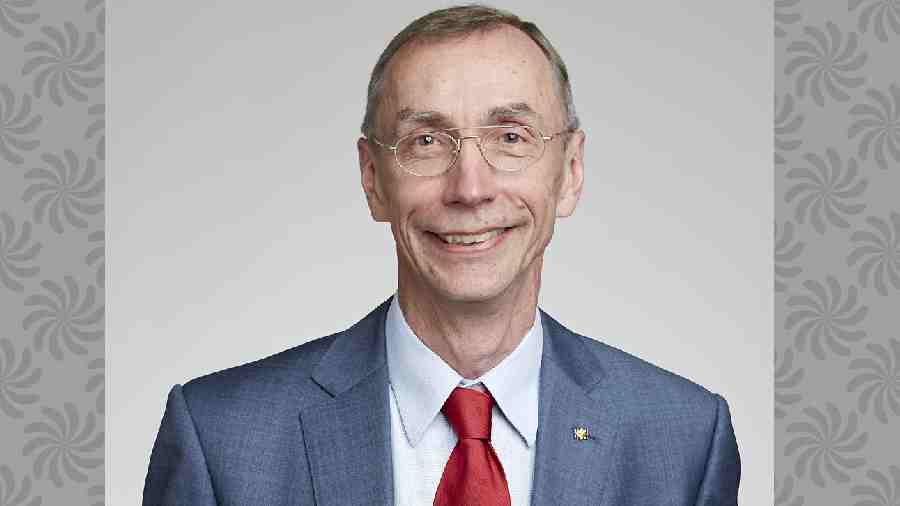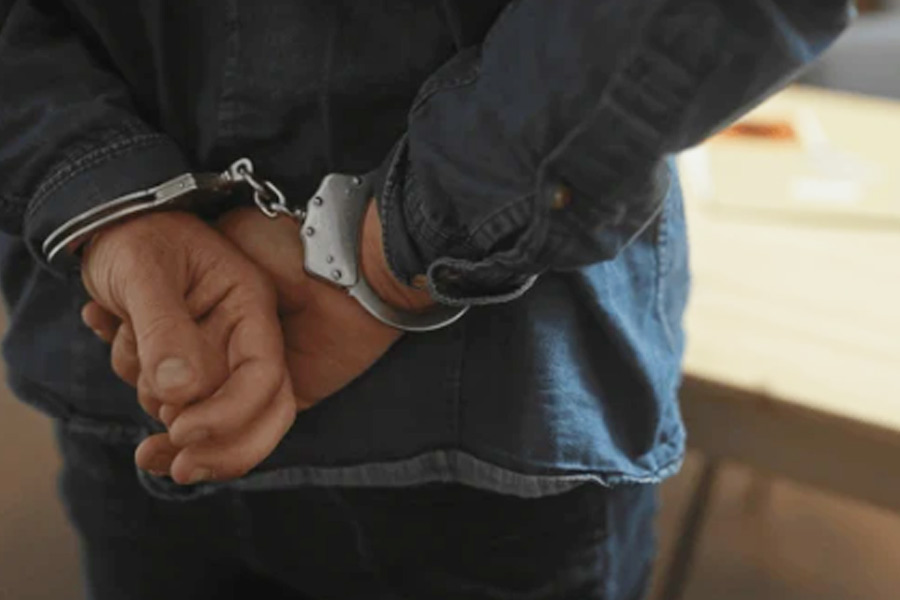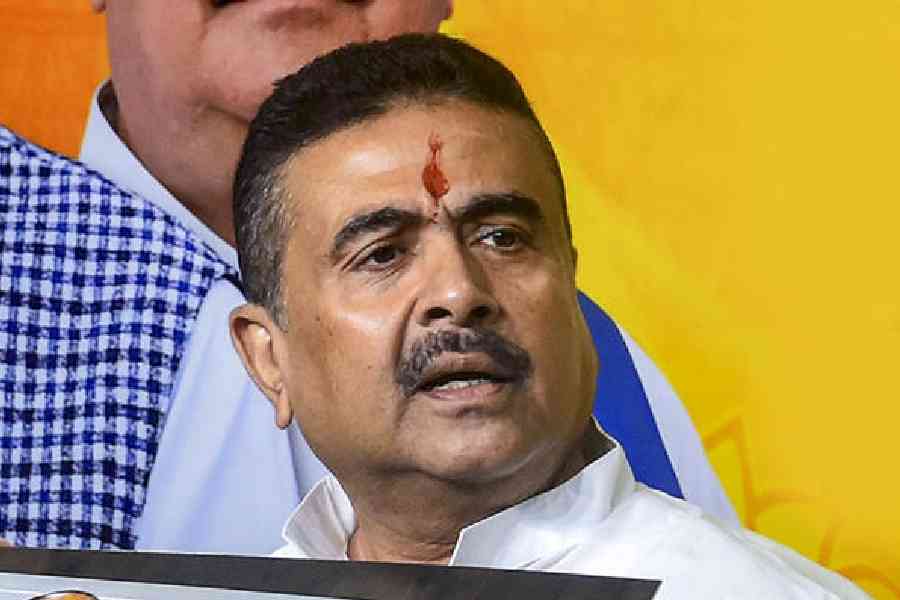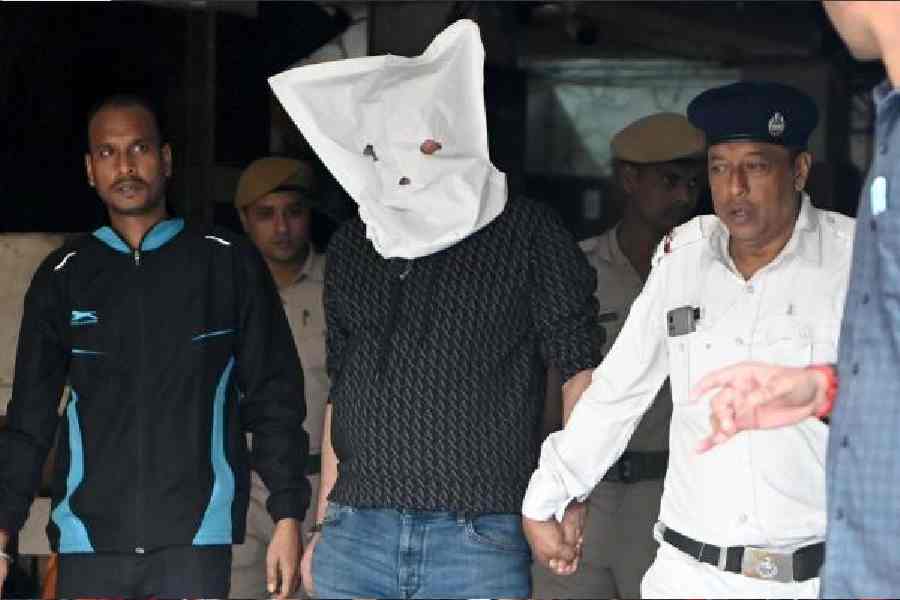The Nobel Prize in physiology or medicine was awarded on Monday to Svante Pääbo, a Swedish-born scientist whose decades spent trying to extract DNA from 40,000-year-old bones culminated in the unveiling of the Neanderthal genome in 2010.
The publication of that genome opened the door to investigating questions that had bedevilled palaeontologists since Neanderthal fossils were first found in a German quarry in 1856: How did those early humans relate to modern ones, and what made them different?
Dr Pääbo’s abiding obsession — how to recover and analyze ancient genetic material — seemed destined to founder in the face of vexing technical difficulties, the Nobel committee said on Monday.
Ancient DNA suffers from chemical damage and tends to be present in ancient samples at very low levels. It can easily be drenched in the DNA of scientists charged with handling it, making it difficult to distinguish ancient genes from modern ones. Bacteria can leave DNA in fossils, too, forcing scientists to learn how to pick out those genes as well.
But Dr. Pääbo harnessed the latest technology for sequencing DNA. When he needed more bone, he navigated the political sensitivities of obtaining chunks of fossils from other countries. He designed “clean rooms,” labs with high standards for cleanliness that protected specimens from contamination.
And once he and his team unravelled the millions of fragments of DNA in the fossils, they used sophisticated statistical techniques to pick out the modern genetic contaminants.
“It was certainly considered to be impossible to recover DNA from 40,000-year-old bones,” said Dr Nils-Göran Larsson, the chairman of the Nobel committee for physiology or medicine and a professor in medical biochemistry for the Karolinska Institute in Stockholm.
Dr Pääbo’s stringent standards and his “bioinformatic and chemical tricks,” DrLarsson said, made such a discovery possible. Dr Larsson said that they would “allow us to compare changes between contemporary Homo sapiens and ancient hominids. And this, over the years to come, will give us huge insights into human physiology.”
The research helped to establish that modern humans and Neanderthals share a common ancestor that lived some 600,000 years ago. Dr Pääbo and his team also found genetic evidence that, during periods of coexistence, modern humans and Neanderthals had children together.
Neanderthals lived across much of Europe until they disappeared about 30,000 years ago for reasons that remain the subject of intense debate. The ancestors of modern humans evolved in Africa before migrating to Europe and Asia, where they mixed with more ancient human forms and picked up genetic changes that strengthened their chances of survival in new environments.
Those included gene variants that improved the ability to live at high altitudes and influenced how the immune system responded to infection.
Even in the aftermath of Dr Pääbo’s signature findings, though, the most fundamental question — what makes modern humans unique — remains shrouded in mystery. His research identified genetic variants that are common among living humans but absent in Neanderthals, offering a sort of blueprint for the set of mutations that distinguish modern humans and underpin their dramatic departure from Neanderthal culture and behaviour.
But linking those mutations to modern human traits — the capacity for figurative art, complex cultures, large social collaborations and advanced innovation — remains out of reach.
Still, Dr Pääbo’s research allowed scientists to begin that investigation, said Dr Anna Wedell, a professor of medical genetics at the Karolinska Institute, who described his work during the Nobel Committee’s announcement on Monday. The findings, she said, “allow us to address one of the most fundamental questions of all: What makes us unique?”
New York Times News Service










